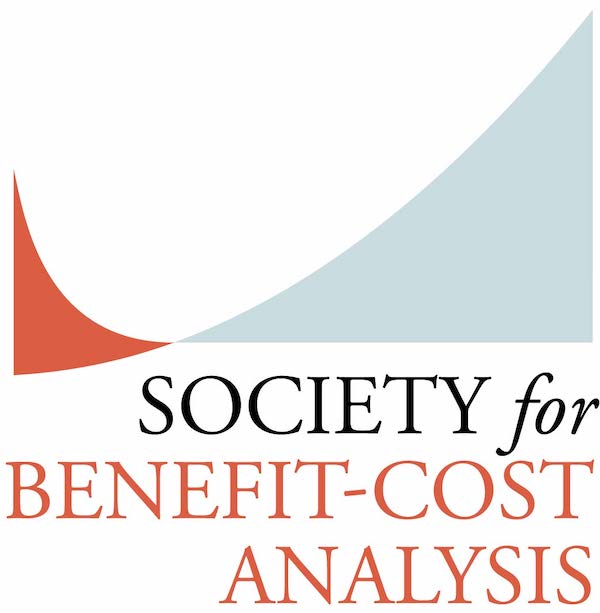On Balance: Integrating Economics and Epidemiology in the COVID-19 Context (1 of 4)
One of the most popular sessions at the SBCA 2021 Annual Conference was on combining economics and epidemiology to understand COVID-19. Session speaker Chris Avery shares a brief statement below.
 Thomas Schelling suggested in his book Micromotives and Macrobehavior that cost-benefit choices by individuals can explain the emergence of population-level phenomena in a game theory model. We can apply Schelling’s binary choice framework to social distancing.
Thomas Schelling suggested in his book Micromotives and Macrobehavior that cost-benefit choices by individuals can explain the emergence of population-level phenomena in a game theory model. We can apply Schelling’s binary choice framework to social distancing.
In early stages of an epidemic, there is limited incentive to practice social distancing. Once infections become sufficiently widespread, there are incentives for some people to practice social distancing, but it’s not self-sustaining for everyone to do so. At that point, Nash equilibrium in a simple model requires a middle-ground solution where just enough people practice social distancing so that others are indifferent between social distancing and regular activity based on their immediate risk of infection. This equilibrium implies a fixed probability of infection to people who are not practicing social distancing -- thus suggesting a long-lasting plateau in the infection rate after an initial period of exponential growth. (references: David McAdams and Flavio Toxvaerd). One challenge for policy makers is that interventions such as “test, trace, and quarantine”, mask wearing, and (partial population) vaccination which reduce the baseline probability of infection may also encourage free riding. That is, self-interested cost-benefit comparisons by individuals tend to undo the effects of policy interventions in this context. Messaging campaigns that emphasize the importance of coordinated efforts to reduce infection rates may be necessary for these policy interventions to succeed. On a broader level, the course of an epidemic reflects a combination of government policy and private behavioral choices, which makes predictive modeling very difficult.
